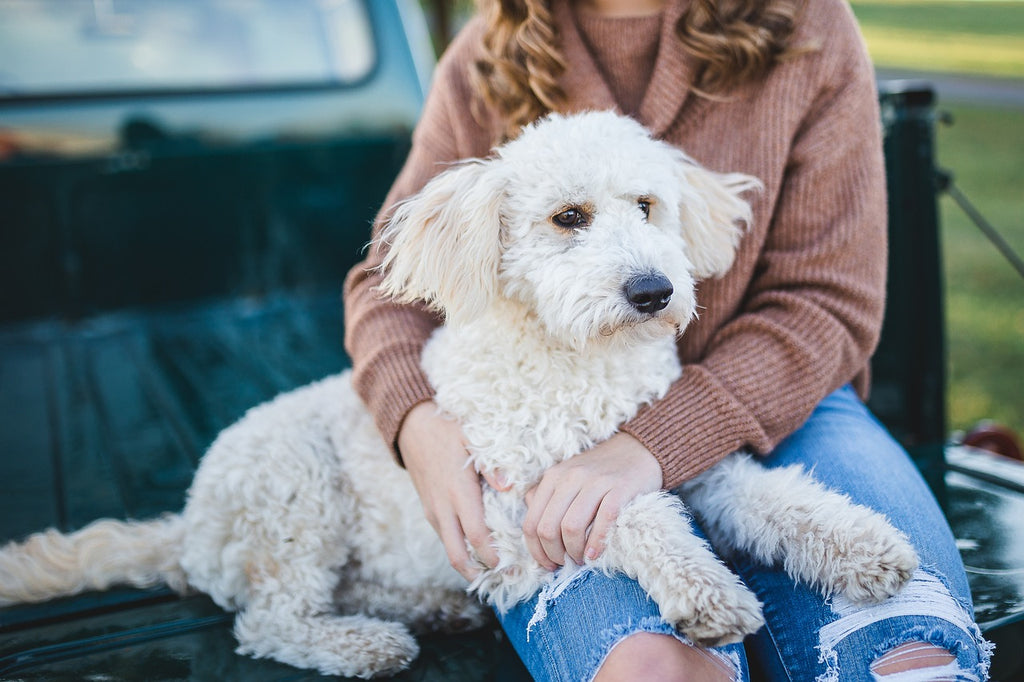Recognizing Pet Anxiety: Help Your Furry Friend Feel Calm and Happy
As pet owners, we cherish the unconditional love and companionship that our furry friends provide us. However, just like humans, pets can experience anxiety too. Identifying signs of anxiety in pets is crucial to ensuring their well-being and happiness.
Exploring how to recognize anxiety in pets and providing practical steps to alleviate their stress, can make their lives healthier and more fulfilling.
🐱
Do to Know How to Recognize Signs of Pet Anxiety?
- Fidgety and Restless Behavior: If you notice your pet pacing around the house or struggling to settle down, they might be feeling anxious.
- Talking or Whimpering More Than Usual: When our pets are anxious, they might vocalize more than usual to let us know something is bothering them.
- Chewing Everything in Sight: Anxious pets may chew on furniture, shoes, or even their own toys as a way to cope with stress.
- Becoming Aggressive or Withdrawing: Some pets may act out aggressively or hide away when they feel anxious or scared.
- Changes in Eating Habits: If your pet suddenly loses interest in food or starts eating more than usual, it could be a sign of anxiety.
- Avoiding Certain Places or Situations: Pets might avoid going near places or experiencing situations that make them feel anxious.

🐶
Then How Can You Comfort Your Anxious Pet?
- Create a Safe Space: Designate a calm and quiet area in your home where your pet can retreat when feeling overwhelmed. Furnish it with their favorite toys, blankets, and bedding to create a sense of security.
- Regular Exercise: Physical activity is essential for reducing anxiety in pets. Engage in daily walks, playtime, or interactive toys to keep them mentally and physically stimulated.
- Positive Reinforcement: Use positive reinforcement techniques to reward calm and relaxed behavior. This will reinforce positive associations and help your pet feel more at ease in stressful situations.
- Calming Aids: Consider using calming aids such as pheromone diffusers, calming sprays, or anxiety wraps. These products can help create a soothing environment for your pet.
- Gradual Desensitization: If your pet is anxious in specific situations (e.g., thunderstorms or car rides), desensitize them slowly by exposing them to the triggers in a controlled and positive manner.
- Professional Support: Consult with a veterinarian or animal behaviorist if your pet's anxiety is severe or persistent. They can provide specialized guidance and, if necessary, recommend anxiety-relieving medications.
- Stick to a Routine: Establishing a consistent daily routine can help reduce uncertainty and provide comfort to your pet.
- Monitor Your Behavior: Pets are sensitive to their owner's emotions, so staying calm and composed during anxious moments can have a positive impact on their anxiety levels.
As devoted pet owners, recognizing and soothing our pets' anxiety is essential for their well-being. By paying attention to their behavior and providing a nurturing environment, we can help our furry friends feel calm and happy. Remember, each pet is unique, so be patient as you discover what works best for your furry companion. With your love and support, you can help them overcome their anxiety and lead a joyful, stress-free life by your side.